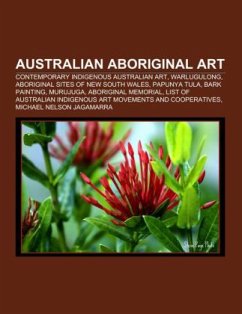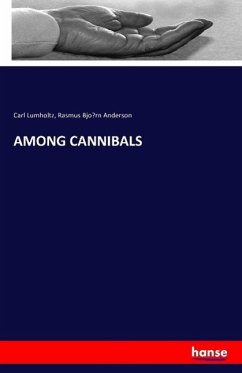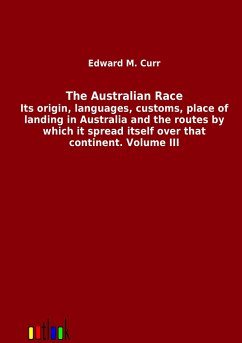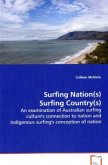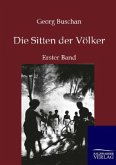Source: Wikipedia. Pages: 27. Chapters: Contemporary Indigenous Australian art, Warlugulong, Aboriginal sites of New South Wales, Papunya Tula, Bark painting, Murujuga, Aboriginal Memorial, List of Australian Indigenous art movements and cooperatives, Michael Nelson Jagamarra, National Aboriginal & Torres Strait Islander Art Award, Sydney rock engravings, Alan McLeod McCulloch, Jirrawun Arts, Gabarnmung, Stanley Island, Wilgie Mia, Bradshaw rock paintings, List of Indigenous Australian visual artists, Toas, Tandanya National Aboriginal Cultural Institute, Irrunytju Arts Centre, Vivien Johnson, Kluge-Ruhe Aboriginal Art Collection, Mount Grenfell, Clack Island, Western Australian Indigenous Art Awards, Blackwood Island. Excerpt: Contemporary Indigenous Australian art is the modern art work produced by Indigenous Australians. It is generally regarded as beginning with a painting movement that started at Papunya, northwest of Alice Springs, Northern Territory in 1971, involving artists such as Clifford Possum Tjapaltjarri and Kaapa Tjampitjinpa, and facilitated by white Australian teacher and art worker Geoffrey Bardon. The movement spawned widespread interest across rural and remote Aboriginal Australia in creating art, while contemporary Indigenous art of a different nature also emerged in urban centres; together they have become central to Australian art. Leading Indigenous artists have had solo exhibitions at Australian and international galleries, while their work has been included in major collaborations such as the design of the Musée du quai Branly. Contemporary Indigenous artists have won many of Australia's most prominent art prizes: the Wynne Prize has been won by Indigenous artists on at least three occasions; Shirley Purdie won the religious-themed Blake Prize in 2007 with Linda Syddick Napaltjarri a finalist on three occasions. Indigenous artists, including Rover Thomas, have represented Australia at the Venice Biennale in 1990 and 1997. In 2007, a painting by Emily Kngwarreye, Earth's Creation, was the first Indigenous art work to sell for more than $1 million. Works by contemporary Indigenous artists are held by all of Australia's major public galleries, including the National Gallery of Australia, which in October 2010 opened a new wing dedicated to its Indigenous collection. Indigenous Australian art can claim to be "the world s longest continuing art tradition". Prior to European settlement of Australia, Indigenous people used many art forms, including sculpture, wood carving, rock carving, body painting, bark painting and weaving. Many of these continue to be used both for traditional purposes and in the creation of art works for exhibition and sale. Some other techniques

